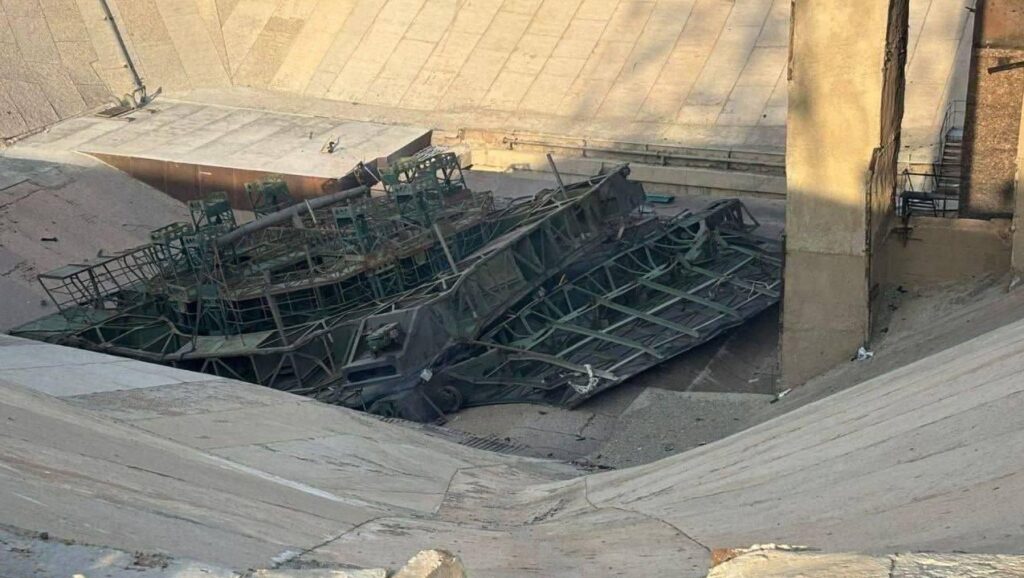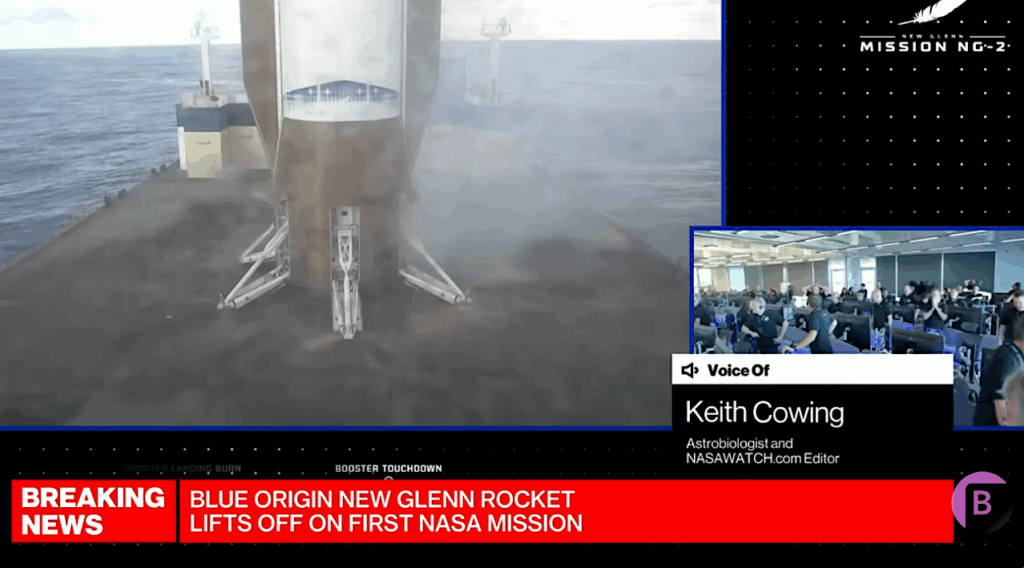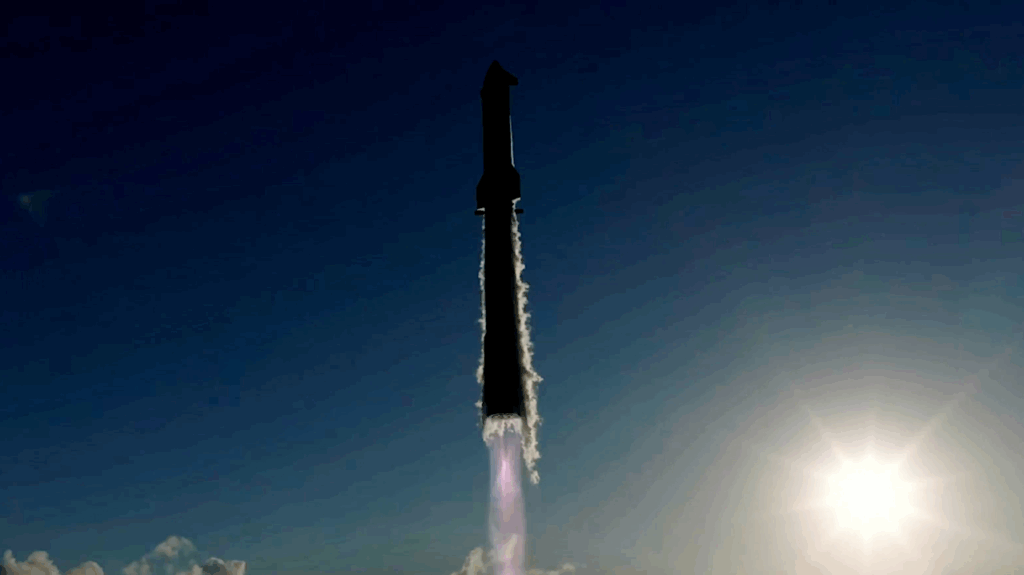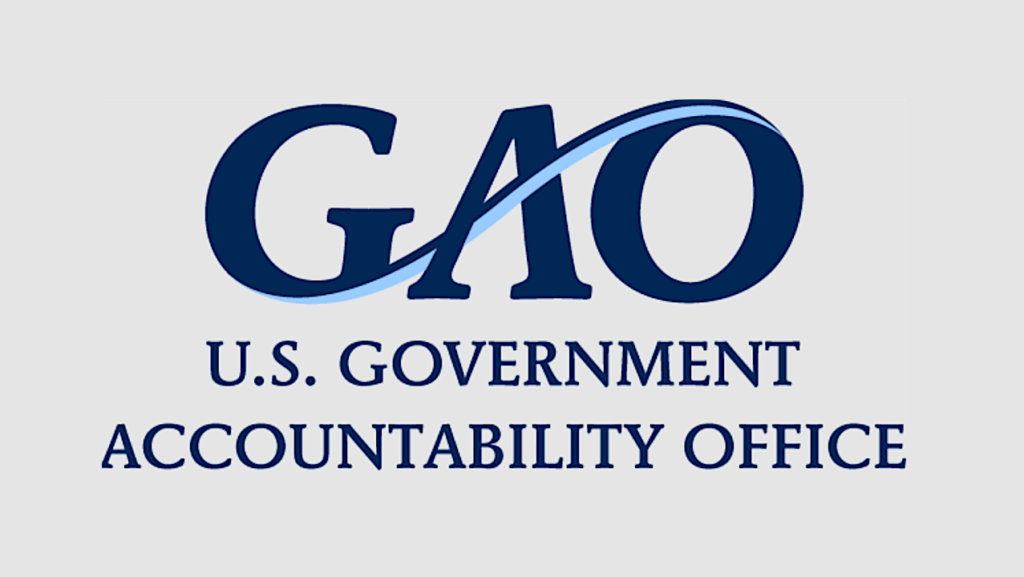Private Sector Thinking in a Government-Driven Market
 Private Sector Edges Deeper in Space, NY Times
Private Sector Edges Deeper in Space, NY Times
“The only way to make a dramatic reduction of price is to assume a dramatic increase of launches,” said Mr. Greason of XCOR. “You have to assume there is some market, that there will be enough demand to support that low price.” The current rockets — most of them good for one launching only — are very expensive regardless of whether they are built by entrepreneurs or government. The future of low-cost travel in space hinges on reusable rockets and technologies not yet developed, space experts say.”









Private sector thinking equals trying to save a buck not spend the budget.
Bigelow fuel depot project
Not knowing anything about how you would design a fuel depot, I was wondering how easy it would be for Bigelow to make inflatable fuel depot tanks???? Is that possible or practical or just absurd???
Couldn’t you fill two BA 330s with fuel instead of air???
Isn’t all the docking nodes and propulsion bus all very similar to what you would need to build fuel depots?????? Just add fuel pumps and plumbing.
Has Bigelow ever considered building inflatable fuel depots?????
Tinker said a falcon heavy can lift a BA 330, docking nodes, and bus in one launch.
Doesn’t that mean you could launch a useful depot in two FH launches, or maybe design a smaller one that can be launched on one FH launch????
Dragon trunk salvage beam
In other threads I suggested Spacex putting up a space beam to save salvaged dragon trunks and second stages. For future use.
Well couldn’t Spacex build such a beam out of dragon trunks?? If you could hook them together like tinker toys. And send them up with docking hatches If to heavy, hatch cut outs with hatch door and/or frames could be added later.
You could dock empty falcon second stages with trunks to your dragon trunk (maybe pre plumbed) beam. So the whole thing is made of saved junk.
Your solar arrays wired together should give you enough power to run your fuel pumps.
I don’t know how strong a dragon trunk is but with that kind of diameter you should be able to make a pretty long strong docking beam should you be designing your dragon trunks with that in mind.
Lol image bolting 10 diet pepsi cans end to end lol. That is pretty strong stuff lol
Just trying to figure ways to create capablity with what we already have, to start building that inner solar system railroad sooner and cheaper, not later and costlier.
News flash
The second Bigelow station is about to dock to the end of Spacex salvage beam. On one side of the beam is a Bigelow duel 330 fuel depot, on the other end on the beam is a Bigelow duel habitat 330s. Lined up on the beam are dragon trunks/falcon second stages (all salvaged/saved from spacex’s ISS cots cargo and dragon rider program) some with dragons added ready for missions around Leo and beyond. The beam is used as a hallway for space travelers to get to and from their space vehicles as wells as housing for the plumbing the fuels lines for easy safe valve operation, inspection and repair.
Our first commercial space port.
Joe Q Tax payer
Still wondering why we don’t get on with it now!!!!
DTARS:
I like your idea about a ‘Spacex savage beam’! If NASA and the Russians don’t want perfectly good Dragon trunks with a self-contained power source, Bigelow sure will. If fact, you could make a truss out of the Dragon trunks themselves. The trunks are pretty strong in their own right and tensioned cables could be strung between the Bigelow habitats just to be on the safe side. That’s the idea, right? String two Bigelow habs on a beam and spin the thing up to get some gravity at least. If they got innovative (say, with a chalking gun) the Dragon trunk beam could be pressurized to provide access between the hab modules and the docking ports I assume would be at the mid-point. They would have to find some other way to mount the solar panels on the Dragon trunks so that they can ‘hang’ in the artificial gravity but no big deal.
As if Spacex won’t be delivering Bigelow habs to orbit and flying cargo to outfit them too. So, what, twenty Dragon cargo/crew flights to build and outfit Bigelow One? That’s twenty Dragon trunks. Glued and wired together they would make a truss over two hundred feet long with more than enough power generation for the whole station as well.
Bigelow could arrange a truss station with BA330s strung between sections of Dragon Truss™ so that the station can provide lunar and martian gravity. Not only would it be ‘the next best thing to being there’ from a tourist’s point of view but it would also make a good research lab and training base for folks planning to really go there.
Oh, and if you want an outside view that doesn’t make your guests ill, just tidally lock the station so that it spins perpendicular to earths horizon. That way all the windows facing Earth will show is a fast moving landscape not much different from what one would see out a train window. Terminators would be a bit weird though.
tinker
I never bothered to think about spinning it lol
Tinker any thoughts on Bigelow being able to get in the inflatable fuel depot business??? I like the cable idea. As much as I like spider webs I should have thought about that.
Anyway thanks for thoughts, I wasnt sure if my dragon trunk second stage reuse was off the deep end or not.
HeyHey zzz
Three more days to history 🙂
I’m not particuarly hot on DTARS “Dragon Trunk Salvage Beam”. But for some reason your “SpaceX Savage Beam” has that hollywood magnetic bite to it; a savage beam sounds like some new sci-fi thing that would excite the populous. Do you think SpaceX would consider inventing a Savage Beam?!
Your chalking gun comment is, worrisome.
I suggest you avoid making any train analogies, trains are fun and nostalgic, but the rail system in this country requires constant subsidies and we don’t want to link that with space stuff, it’s bad enough already.
npng:
“Your chalking gun comment is, worrisome.”
That was my comment.
You’ll get used to my comments. Don’t take me seriously. But… realistically, If you’re going to make a permanent structure in space, why not glue your sections together? It’s a new paradigm, start thinking that way.
The train analogy is perfect for space travel. Would railroads be profitable if you had to build a vehicle from scratch each time instead of just attaching cars to an engine? In space, we need an adaptable system that can be outfitted easily for each mission, not a costume built ship each time we head out.
I suggest that you scan my and DTARS posts, we’ve put forth some pretty good ideas.
tinker
It’s always nice to see good ideas coming out justatinker. I have to say, i’m still hung up on your name. is it “just-a-tinker” meaning you tinker a lot? or “just-a-thinker” with a play on words? or “just-at-inker” and you like to write or print with ink, or what? If you have some good ideas, why not convert them from ideas to realities? convert your “potential” value to “kinetic” value and make it happen. Become a “just-a-doer” or “just-a-tinker-and-dewar”. If you have billions, just go do it. If you don’t, then put your ideas and plans together and go find someone who does have billions. You should probably skip thoughts of getting billions from the USG (a) because they’ve spent all their other-people’s-money and (b) even if they didn’t there are 10 million people in line in front of you wanting that government money. And while your ideas may be good, keep in mind that there are some really bright folks in this business that have some extraordinary and brilliant ideas as well.
“if you want an outside view that doesn’t make your guests ill, just
tidally lock the station so that it spins perpendicular to earths
horizon.”
Unfortunately, physics doesn’t work that way. If the station is rotating about an axis perpendicular to the surface of the Earth, after a quarter of an orbit it will be parallel to the surface of the Earth.
Tidal locking can only happen when the axis of rotation of a body is exactly parallel to the axis of its orbit around another body. You can’t be simultaneously rotating about two different axes (well, you can, but then you’re not conserving angular momentum, so you need some outside force being applied to continue it).
Chris:
You can tidally lock the station as I propose by running a beam mounted vertically under the station (nadir), the same way that they ‘3 axis stabilize’ smaller sats.. It just has to be long enough and heavy enough. Several satellites already use this method to always remain tidally locked toward Earth. It will scale just fine.
tinker
If the station is tidally locked, it can’t also be rotating about the axis perpendicular to the Earth. That’s because tidal locking is just slow rotation about an axis parallel to the satellite’s orbit at the same rate as the rate of orbit but in the opposite direction. If the station is tidally locked, it’s not doing any other rotation at all (unless you have thrusters of some sort constantly firing).
Chris:
Yeah, it’s tough to counter angular momentum. Guess we’d need gyros ‘n’ thrusters after all, sigh. Of course, a rotating station at lunar L1 of solar L2 could be oriented any which way, no close by horizon swinging by at bad moments :).
tinker
“The only way to make a dramatic reduction of price is to assume a dramatic increase of launches,” said Mr. Greason of XCOR. “You have to assume there is some market, that there will be enough demand to support that low price.”
There are nearly 100,000 people on the planet that could afford at least one $20 to $25 million ticket to a private space station. So the question is, what percentage of the wealthy elite would be willing to spend there own money for a chance to visit a private space station. If only 0.1% of that group purchased tickets every year to travel into space that would mean nearly 100 passengers each year for private commercial space companies. That should be enough for 20 or more flights which should be enough to support four or five private commercial launch companies.
A national and international space lotto system that also provided an additional cash award for time off from work and astronaut training (perhaps $250,000) could attract billions of dollars annually for the purchase of tickets into space. One billion dollars annually could provide 40 to 50 private citizens around the world a chance to travel into space each year. That’s probably enough to support three or four private spaceflight companies.
If NASA simply ended the $3 billion ISS program after 2015 and used the savings to subsidized a national space lotto system with only $1 billion a year, that would be enough to provide 40 to 50 private American’s citizens a chance to fly into space aboard a private American spacecraft to a private American space station. Again, that should be enough to support three or four private American spaceflight companies.
If the global demand, under this scenario, is about 32 private manned flights per year then this should be enough to sustain 4 to 8 private launch companies around the world.
But once private space stations, including artificial gravity space stations, are in orbit offering all kinds of interesting accommodations and once trips to the lunar surface are available, I wouldn’t be surprised if the demand turns out to be 5 to 10 times higher. Such a high demand would be a catalyst for dramatically reducing cost per flight which would increase demand even more until prices eventually fall to a level where tens of thousands of people are routinely traveling into space every year by mid-century.
Marcel F. Williams
And the 0.1% number is just a rabbit out of hat? What happens the first time there is a failure costing human lives of private citizens? I think there are still many more questions than answers.
What happens the next time there is an airline crash. Time to get on with it!!!!
… not so easy when you are talking about a handful of private citizens and not hundreds of millions like in the airline industry
You come up with some amazing ideas newpapyrus. I doubt that the decadently rich, those with say $50M or even $250M of liquidity would bite on a happy-meal and hotel stay in an orbiting facility at $20M a pop for multiple reasons. They probably already have a 100ft motor yacht, a private jet and pilots, and own a home and an island to put it on. With all of those assets to care for and enjoy, why burn $25M for a few days of a view? They can see incredible hi-def views on their 65 inch 3D-LED flat screens in the comfort of their homes. Worse yet, why should they risk death and more importantly losing control of all of their riches? They can go to 33,000 feet in their jet and get a generally good view. They can tell the pilot to go into a dive and then pull a G or two as well if they want some free-fall thrills. So they’re all “out” as customers.
If you move to the billionaires, the stats say there are 1,210 on the planet today. Half of them are octogenerations on steroids and wouldn’t qualify for a taxi ride. Another half would probably fail the psychological exams (ha) and the other half would never assume the risk of catastrophe on a trip and risk losing their iron fisted grip on their billions. That’s 150% of the billionaire group that are “out” (yeah, the billionaires even exceed the 100% math with their riches). Perhaps there are 10 truly whacked out billionaires that have death-wishes so they may be risk-oblivious and go. So, you’re probably going to max out at $25M x 10 or $250M. Round up to a cool billion if it makes you happy. And as JJ says, what happens the first time there is a failure. Imagine the trip cancellations.
I’m sure there are a few risk takers and “early adopters” as they say in the market. I guess there is even a pile of loons that are ready to go 1 way to Mars – you know the hero-thing, the galactic-marytr. But even if and when the cost of tourist space excursions plummet, the equation will still be very different from other transporation, tourist, entertainment and utility industries.
One might argue that spaceflight tourism will be similar to the way commercial air flights matured. But I think there are fundamental differences since commercial airline flights have very strong utility and value – for shipping, business, industry, defense, and getting from Point A to destination B for very necessary reasons. In contrast, where are you going when you’re in a metal tube circling the Earth at 17,000 mph? Is destination B important? Is it worth $25M important?
Your “Kill the ISS” to seed fund a lottery to subsidize some willy nilly tourist jaunts in an attempt to kickstart, hype and pump the market and secondarily to subsidize 4 launch firms is a financially flawed bad joke. Not even a joke. It’s just wrong.
As expensive as the ISS is today, at LEAST it has the potential to “create real value”. What value is created when you convince some rich guy to burn $25Mil so he can gaze out the cupola or window at the Earth for a few days? Any? An iota of value? How about NONE? Get past the Visa commercial mentality of a moment’s view is “Priceless”.
And Marcel, frankly, your vision of 10,000 people whizzing around the galaxy by mid-century is utterly bizarre. In 40 years? Please. I suggest you avoid watching the Jetsons for awhile. Am I bashing you? No. I think your vision would be a marvelous thing to see. But consider resetting your clock to say 2150 or so and that is contingent on the planet (civilization) getting smarter, not dumber. A better economy is needed. Lower risk is needed. Fundamental advancements in propulsion technology are needed. And certainly before 2150 we need to convince the aliens to cut the abductions and probings and cow killing and get along with us so there aren’t 10,000 citizens arguing with the aliens in space when we all get there.
I doubt they would pay cash, but take out a ‘business’ loan and pay it off on the installment plan.
Going to space is exactly the kind of thing that the wealthy would want to do. They have done just about everything money can buy and going to space it just kind of new fad they would want to be a part of. They’re always looking for something to own that no one else has or do something that no one else has done.
nasa817, of all the millionaires and billionaires that are your close friends and you know well, how many have paid for or made real arrangements to go to space? i mean, are you just assuming that they have those wishes and behaviors? or are you saying you know a pile of them so well, they told you directly what they wanted?
I should have known that your little tirade about why millionaires and billionaires wouldn’t pay to go to space was based on your personal connections with such people and direct conversations you’ve had with them.
You stated, “Perhaps there are 10 truly whacked out billionaires that have death-wishes so they may be risk-oblivious and go. So, you’re probably going to max out at $25M x 10 or $250M.”
Oh really? Seven people have already paid as much a total of $205 million to go to ISS on a Soyuz. At least my opinion was based on some semblance of fact.
nasa817 and npng,
There is one absolute fact that you can deal with — the fact that we’re all, every one of us, dealing solely with assumptions when discussing the topic of what other people will or will not do if given the opportunity to be space tourists in the next few decades. I think we can all agree that assumptions and speculations should always be clearly qualified as opinions and not presented as absolutes if a discussion is to be productive and polite. It’s surprising how much adding or omitting a couple of words can change the tone of an exchange.
Steve
From the article:
“The commercial future of space, while relying on NASA financing in the short run, needs new markets for manufacturers to take advantage of the economies of mass production.”
The author should have mentioned that another U.S. firm is doing exactly that. Bigelow Aerospace is working to create additional destinations in LEO providing that new market.
npng
What does that stand for???
I just read your post here about sharing ideas.
As I see it NASA WATCH is a place for doing just that.
Many people including myself just complain about this or that.
I’m sure many people here don’t share good ideas for fear someone else might make a buck on them.
I’m just an old construction superintendent that has some idea of how stuff is built.
What if one of the talented people here read one of my ideas here that just happened to be a fair one. Then folded it into their thinking. Which created something that made a difference. Isn’t that why keith created NASA Watch to get people sharing ideas to hopefully make a difference.
You said you were not hot on my beam idea ok! Why not? It sure would nice to know why and to maybe hear a better one? Maybe your idea is one that could make a big difference!
npng
However small it might be, sharing ideas is doing something!
And on a web site such as this, it could make a difference.
Doesn’t take a rocket scientistt to have an idea.
npng
A while back Mr. C said he liked to tell his students to come up with creative ways to use Spacex hardware.
In the news hour Spacex report, they said a Merlin has been tested to at least 20 firings.
Do you think reusing a falcon second stage is a good idea or not. Please tell me why??
Tinker said months back that he thought the easiest part of a falcon dragon to recover was the second stage. Is that right?? How hard is it to put a heat shield on a cylinder and recover it. Doesn’t that require draco thrusting since it is not a cone?
What is the weight cost of another shield?
Tinker suggested turning dragon trunks into satellite buses. Should the trunk buses have their own propulsion system? Or should you try to reuse falcon second stages for that job?
We need to clean up Leo. Why not figure a way to reuse perfectly good rockets to do it???
Is a simple leo fuel depot for the purpose of increasing robot or human capability in Leo a bad idea??? Sure seems like the cheapest easiest thing to do soon.
Could a falcon second stage with trunk be an apollo like service module?
Could a full falcon second in earth orbit boost astronauts around the moon?
How about two????
As far as using dragon trunks as a structural beam for some purpose why not?? What would you suggest?
Joe Q
Just an idle thought for consideration: Reading posts where there is lack of agreement about ideas and proposals, it often occurs to me that people have a tendency to overlook an obvious possibility — instead of insisting on answer A or answer B, there is quite often the possibility of beneficially adopting both alternatives (if they are not genuinely mutually exclusive). This can often be a source of synergy and a means of risk reduction, both benefits that should not be overlooked.
For example: maintain the ISS for science purposes or employ it for space tourism as a source of income? These are both, in my opinion, undertakings that might completely flop in the next decade, losing all kinds of money. However, there is also the possibility that either one, or both, could suddenly take off and be a game-changing success. In either case, we just don’t know, and won’t know unless we try.
Instead of ineffectively dividing our assets and wasting time and money on the debate, why not make it a combined effort — have one entity (NASA or private industry) do both at the same time? Since most of the initial facilities and assets required for both are largely the same, it would not require a whole lot more money to develop both “businesses” simultaneously, taking full advantage of the synergism and combined knowledge available. In the event that either one is a success (or at least a survivor), you can stay in the game. You could perhaps think of it as diversifying before it’s actually necessary as a means of risk management.
A multi-industry business isn’t always going to be an option, of course, and you can’t choose two or more industries arbitrarily (they must have some common elements), but I think it’s a very powerful possibility to think this way right from the outset. If a company (or other entity) is going to last more than, say, a decade in the very competitive space/aerospace game, they are going to end up diversifying within a few years anyhow, just to survive. So, why shouldn’t they hedge their bets by doing so sooner rather than later. I suspect that including this sort of thinking in a business plan (with an explanation) is likely to be seen favorably by investors, since it shows a realization of the importance of thinking ahead and being aware of the ever-challenging “what next?” dilemma in business.
The example I gave of science vs. tourism on the ISS is not a very good one (in my opinion), but it’s a simple case with which to illustrate my point. Like I said, just an idle thought for consideration.
Steve